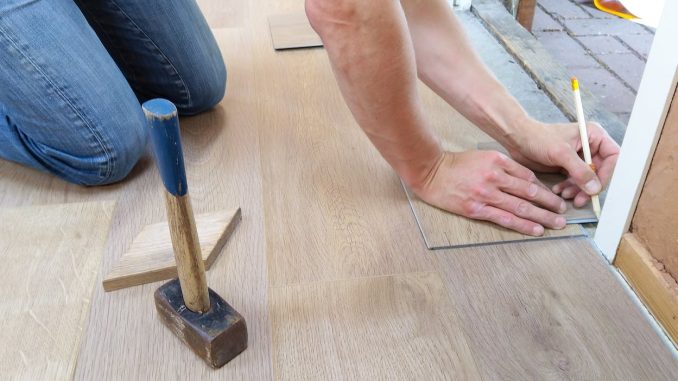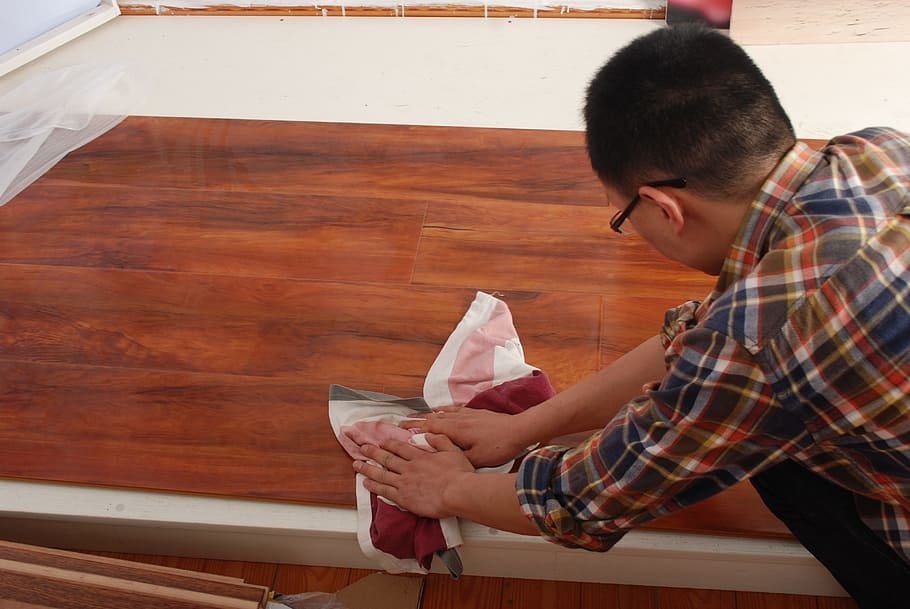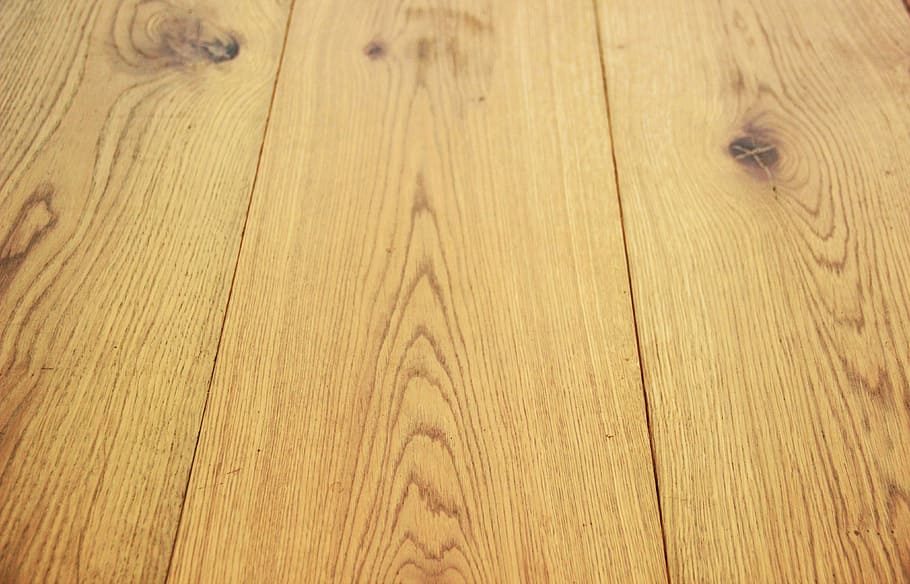
Choosing Between Solid and Engineered Parquet Flooring: A Comprehensive Guide
Hey there, homeowners and décor enthusiasts! If you’re on the hunt for the perfect parquet flooring but feeling a bit stumped about whether to go for solid or engineered, you’re in the right place. Today, we’re taking a deep dive into the world of parquet, helping you make an informed decision on which type to choose. So, put on your thinking caps, and let’s explore the wonderful world of wood floors!
The Parquet Predicament: Solid or Engineered?
First things first, let’s tackle the age-old debate: solid or engineered parquet? Both have their merits, but the one you should choose depends on your specific needs, budget, and style preferences. We’ll break it down for you so you can make the best choice for your space.
Solid Parquet: Timeless Beauty, Natural Strength

Solid parquet is like the dependable oak tree of flooring. It’s made from a single, solid piece of hardwood and offers a timeless, classic look that adds warmth and elegance to any room. Here’s why you might opt for solid parquet:
Durability: Solid parquet is tough as nails. It can be sanded and refinished multiple times, making it an excellent long-term investment.
Aesthetic Appeal: If you’re after that authentic, natural wood grain and color variation, solid parquet delivers in spades.
Home Value: Solid wood flooring can increase your home’s value, making it an attractive choice for homeowners looking to invest in their property.
Engineered Parquet: Versatility and Stability
Engineered parquet, on the other hand, is the chameleon of the flooring world. It’s constructed from multiple layers of wood, with a real wood veneer on top. This design offers some distinct advantages:
Moisture Resistance: Engineered parquet handles moisture and humidity better than solid wood, making it a fantastic option for kitchens and bathrooms.
Stability: Its layered construction reduces the risk of expansion and contraction due to temperature changes, keeping your floors looking flawless.
Budget-Friendly: Engineered parquet often comes at a lower price point than solid wood, making it a more affordable choice.
Sustainability: Engineered wood uses less hardwood than solid wood, making it an eco-friendly option.
Making the Choice: Factors to Consider
Now that we’ve covered the basics, let’s delve into the factors to consider when making your decision:
1. Room Location: If you’re installing parquet in a basement or bathroom where moisture levels can fluctuate, engineered parquet is your best bet.
2. Budget: Solid parquet is often pricier due to its durability and authentic wood characteristics. Consider your budget and long-term investment goals.
3. Installation: Engineered parquet is often easier to install, making it a DIY-friendly option. Solid parquet may require professional installation.
4. Aesthetic Preferences: Do you crave the natural beauty of solid wood, or are you open to the versatility of engineered parquet?
5. Longevity: If you’re planning to stay in your home for decades and want floors that can stand the test of time, solid parquet is a wise choice.
6. Environmental Impact: If sustainability is a priority, consider the eco-friendly benefits of engineered parquet.
Two Words to Pique Your Interest: Parquet Patterns

If you’re leaning toward parquet, you’ll undoubtedly want to explore different patterns to create stunning visuals on your floors. You can read further on The Ultimate Guide to Common Patterns in Parquet Flooring.
Maintaining the Beauty: Parquet Care Tips
Now that you’ve chosen your parquet, here are some care tips to ensure it stays stunning for years to come:
- Regular Cleaning: Sweep or vacuum your parquet regularly to prevent dirt and grit from scratching the surface.
- Gentle Mopping: Use a damp (not wet) mop with a specialized wood floor cleaner for periodic deep cleaning.
- Protection: Place felt pads under furniture legs to prevent scratches. Use rugs in high-traffic areas.
- Avoid Excess Water: Water and wood don’t mix well. Wipe up spills promptly to prevent damage.
- Humidity Control: Maintain stable indoor humidity levels to prevent expansion and contraction.
- Periodic Refinishing: Depending on wear, consider refinishing your parquet every few years to maintain its luster.
And That’s That: Choose with Confidence
Choosing between solid and engineered parquet can feel like a daunting decision, but armed with the right information, you can make a choice that suits your needs perfectly. So, weigh your priorities, consider your space, and choose your parquet with confidence. Whichever path you take, your home will soon be graced with the timeless beauty of parquet floors!

Leave a Reply